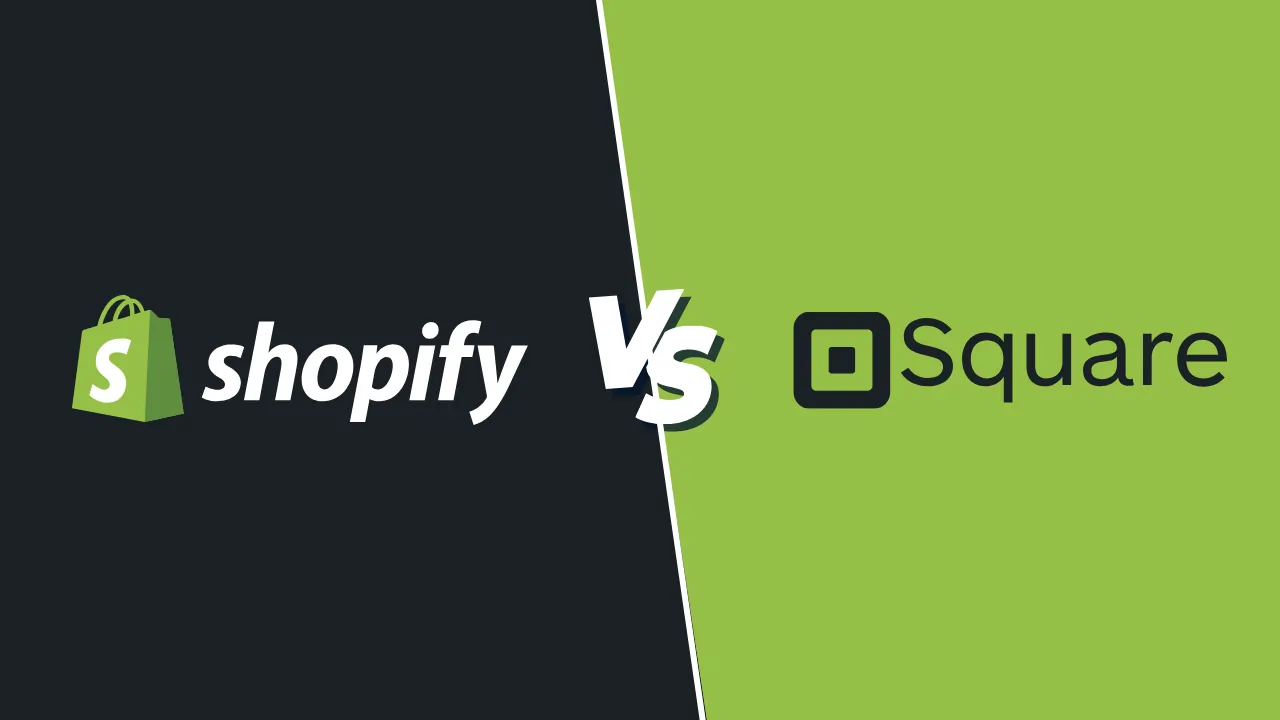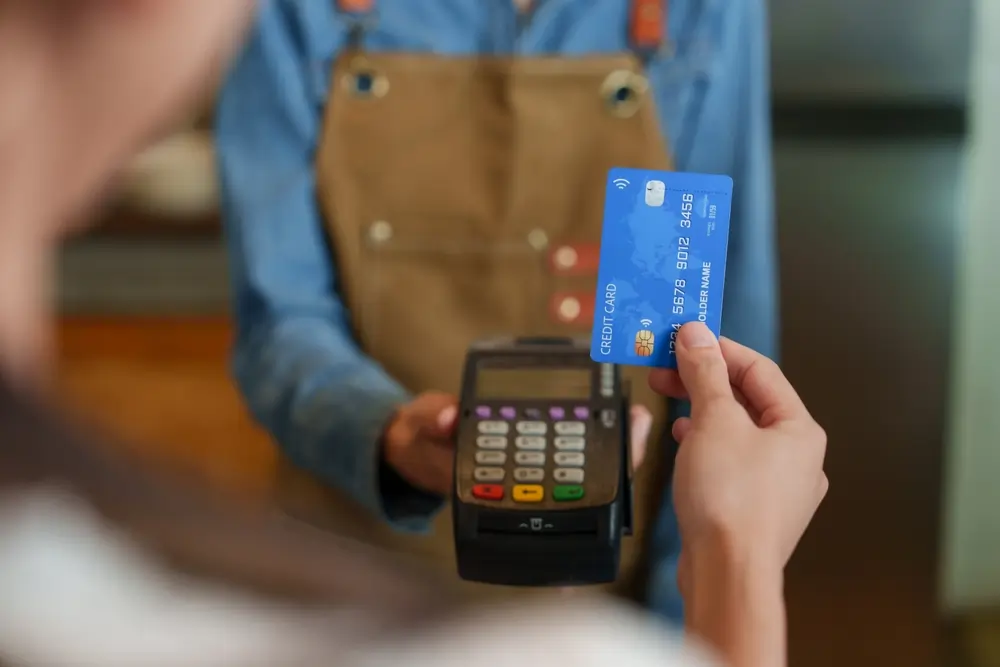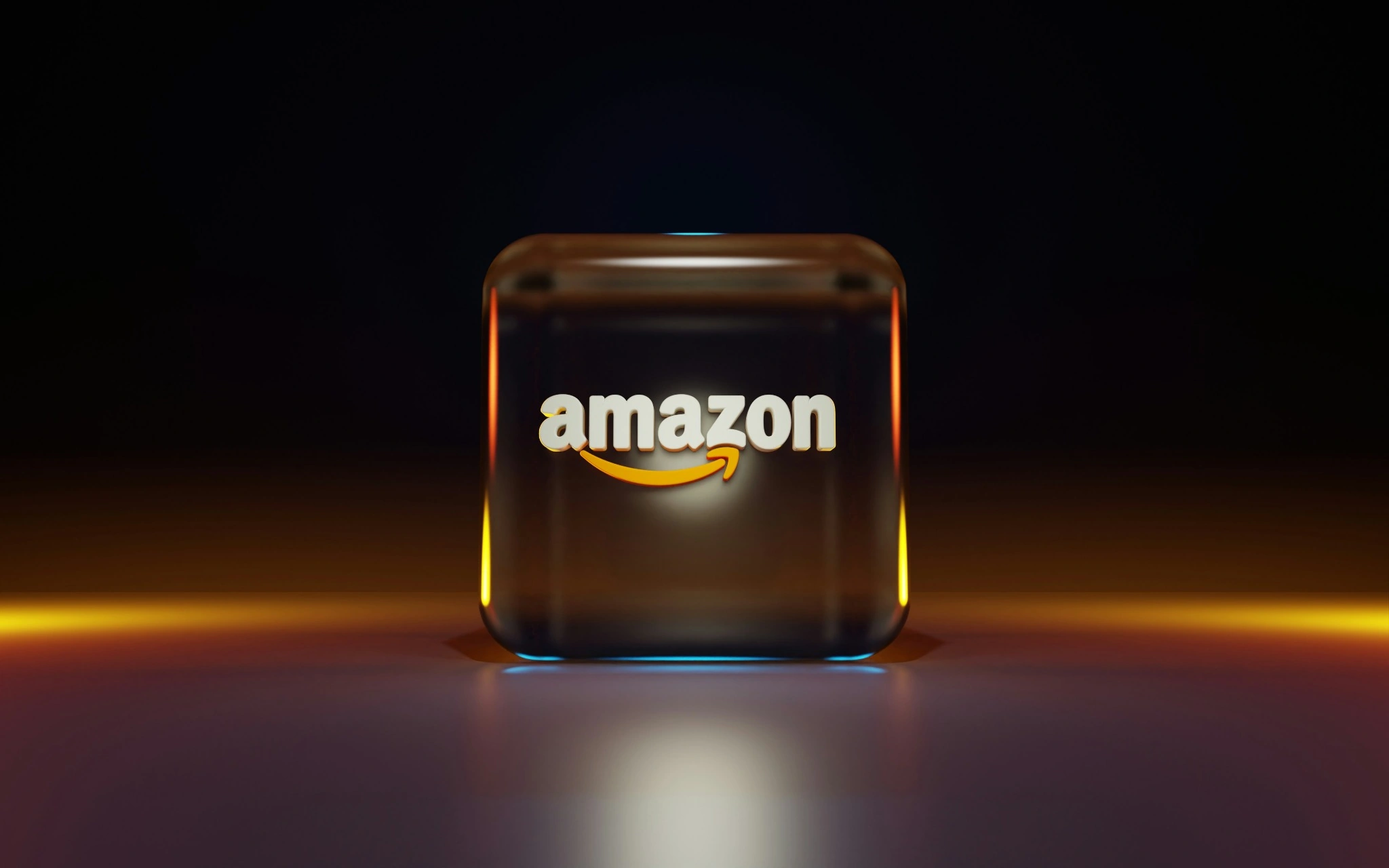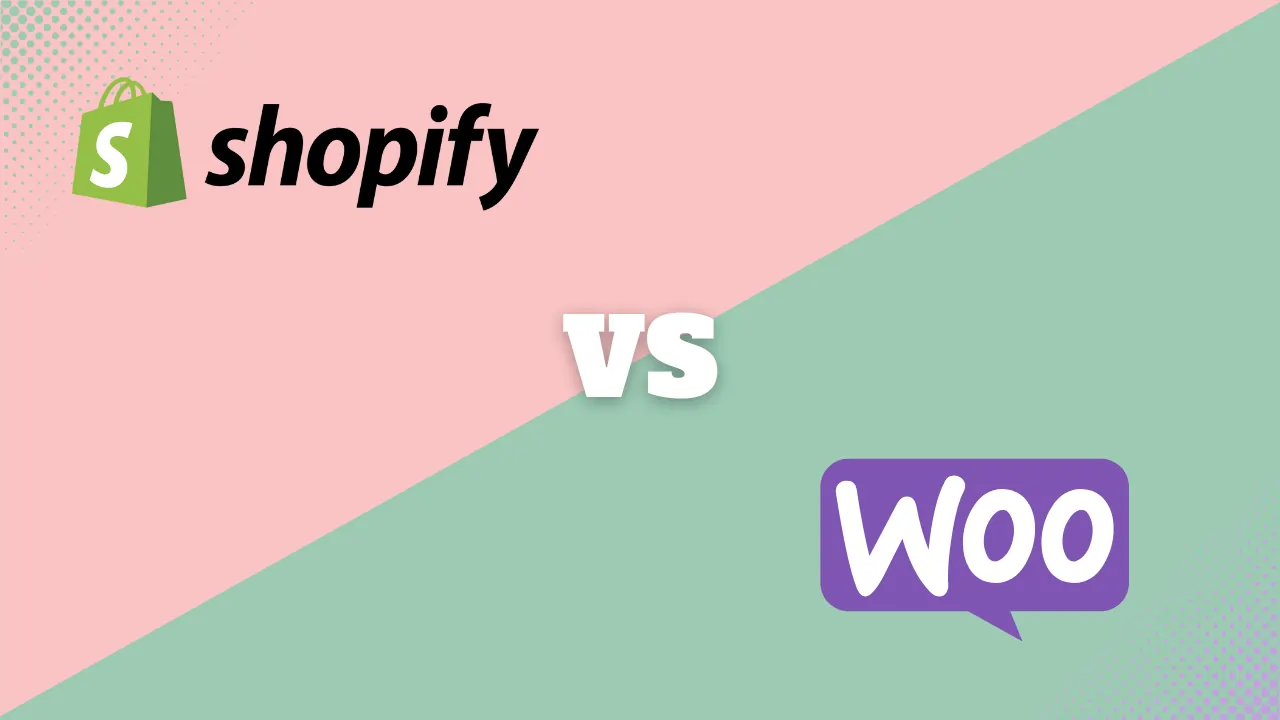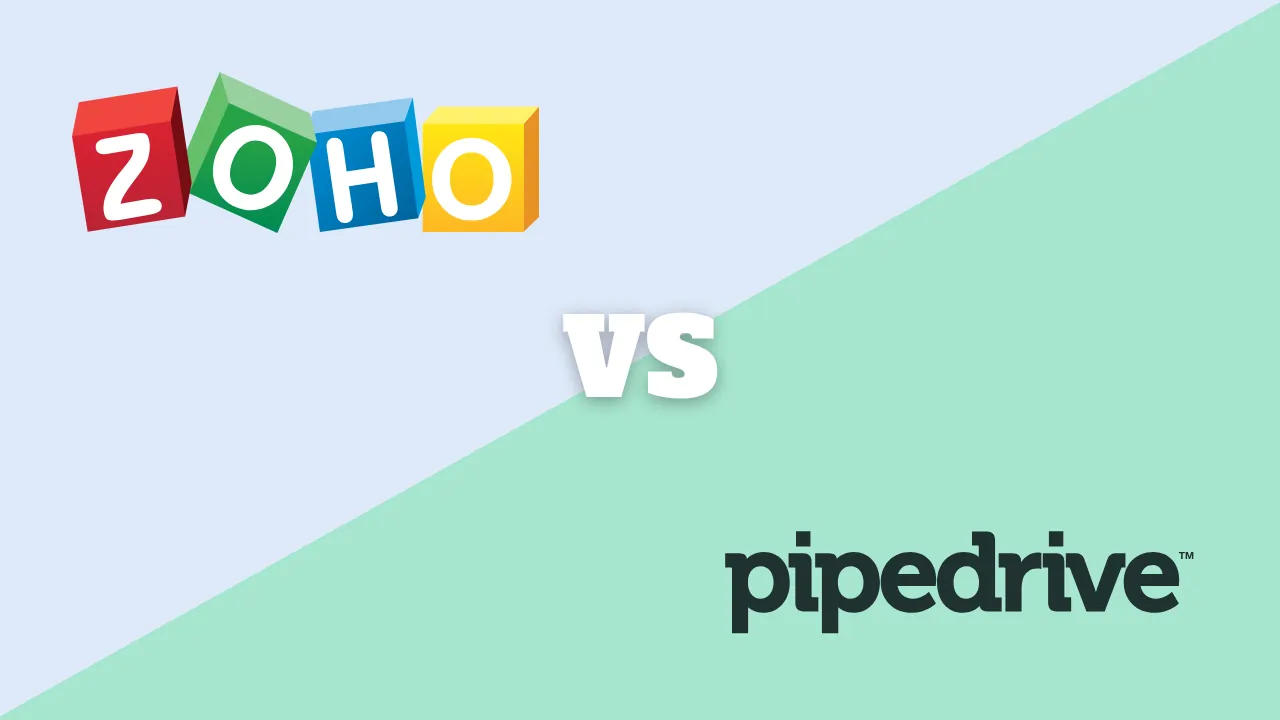Why the POS experience is crucial for your business success

When you think about running your business, you likely focus on the products on your shelves or the food on your menu. However, there is a silent factor that influences your success more than almost anything else: the POS experience.
Many business owners view their Point of Sale (POS) system as just a fancy calculator or a cash register. This is a mistake. The POS experience is the entire interaction a customer has with your business at the moment they hand over their money. It includes how long they wait in line, how friendly the staff is, how fast the card reader works, and whether they walk away feeling valued or frustrated.
This guide will explain in simple terms why getting this experience right is not just optional, but crucial for the survival and growth of your business. We will break down what it means, why it matters, and how you can fix it.
What is the POS experience exactly?
To understand the POS experience, you have to look at your business through the eyes of your customer. It is not just about the hardware sitting on the counter. It is about the flow of the transaction.
Imagine a customer named Sarah. She walks into your store and finds a jacket she loves. She is happy. But then she walks to the counter.
- The Line: Is there a long line because the cashier is struggling with the screen?
- The Interaction: Does the cashier have to ask Sarah to repeat her name three times to find her loyalty account?
- The Payment: Does Sarah have to swipe her card three times because the reader is old, or can she simply tap her phone?
- The Receipt: Does she have to wait for a slow printer, or does she get an instant email receipt?
All of these steps combined make up the POS experience. If Sarah breezes through in thirty seconds with a smile, she has had a positive experience. If she stands there for five minutes while your employee apologizes for a frozen screen, she has had a negative experience.
Why a smooth checkout is crucial for survival
You might think that if your product is good enough, the checkout process does not matter. This is false. In the mind of a modern shopper, convenience is just as important as quality.
The “last impression” rule
The checkout is the last thing a customer remembers about your business. Psychologically, people remember the end of an experience more vividly than the middle. If a customer enjoys a delicious meal at your restaurant but spends fifteen minutes waving their hand to pay the check, they will leave annoyed. That annoyance becomes the memory they associate with your brand.
Preventing walk-outs
Have you ever seen a customer look at a long line, sigh, put their item down, and walk out? That is a lost sale that happened purely because the POS experience was too slow. Speed is money. A fast, efficient system keeps the line moving and ensures you capture every single sale.
Building loyalty
Customers return to places where it is easy to spend money. If your system automatically remembers their past orders or makes it easy to use a gift card, they feel taken care of. This builds a habit. A difficult, clunky system gives them a reason to try your competitor next time.
Related Articles
The high cost of a bad POS experience
It is helpful to look at what happens when things go wrong. A bad POS experience costs you real money in several ways.
- Lost revenue: As mentioned, people leave if the line is too slow.
- Staff burnout: If your employees have to fight with a confusing system all day, they get frustrated. Frustrated staff are less friendly to customers. Eventually, they quit, and you have to spend money training new people.
- Poor reviews: People rarely write reviews when a payment works. But they definitely write reviews when they are double-charged, or when they wait twenty minutes for a bill. These reviews hurt your reputation online.
To avoid these pitfalls, you need a system that works for you, not against you. You can look at comparisons like Clover vs Toast to see how different systems prioritize speed and reliability to prevent these exact issues.
Key elements of a great POS experience
So, what does a “good” experience actually look like? It usually boils down to three simple things: Speed, Flexibility, and Recognition.
1. Speed and simplicity
The best transaction is an invisible one. It should happen so fast the customer barely notices it. This means your barcode scanner should work instantly, your search function on the screen should be fast, and the credit card processor should approve the transaction in under two seconds.
2. Payment flexibility
Customers today want to pay their way. Some use cash, but many use credit cards, Apple Pay, Google Pay, or even Buy Now, Pay Later apps. If a customer holds up their phone to pay and you have to say, “Sorry, we don’t take that,” you have created friction. A great POS experience accepts all forms of payment without a hassle.
3. Customer recognition
This is the “magic” part. A great system helps your staff recognize the customer. When a customer gives their phone number, the screen should show their name and their last purchase. This allows your staff to say, “Hi John, do you want the same coffee as last Tuesday?” It makes the customer feel special, not just like another number.
How different businesses rely on the POS experience
The needs of a retail store are different from a restaurant, but the goal of a smooth experience is the same.
For retail stores
In retail, the POS experience is about information. Customers often ask, “Do you have this in a medium?” If your staff has to run to the back room to check, the customer waits. A great POS experience means the staff can look at the tablet in their hand and say, “We don’t have it here, but I can order it to your house right now.” This saves the sale. This type of inventory visibility is a key feature in top retail POS systems.
For restaurants and cafes
In food service, timing is everything. The POS experience here might involve a server using a handheld device at the table. This allows them to send the order to the kitchen instantly without walking back to a main computer. It means the food comes out faster. It also means the guest can pay at the table immediately when they are done, rather than waiting for the check to be printed and brought back and forth.
The role of your staff in the experience
You cannot talk about POS experience without talking about the people using the machines. Your employees are the ones delivering the experience.
If your software is confusing, your employees will be stressed. They will spend their time looking down at the screen, tapping buttons in confusion, rather than looking up and smiling at the customer.
When you choose a simple, user-friendly system—like those often highlighted in Lightspeed vs Square comparisons—you make your employees’ lives easier. When the system is easy to use, training takes minutes instead of days. A confident employee creates a relaxed, happy atmosphere for the customer.
Technical features that protect the experience
You do not need to be a tech wizard to understand the features that matter. Here are the specific tools that keep the experience smooth.
Offline mode
Imagine your internet goes out on a busy Saturday. In the past, you would have to tell customers, “Cash only.” This turns away business. Modern systems have “Offline Mode.” This allows you to keep taking card payments even without internet. The system stores the data and processes it later when the connection returns. This feature is absolutely crucial for maintaining a consistent experience.
Mobile capability
Being stuck behind a counter creates a barrier. Mobile POS systems (often called mPOS) are tablets or smartphones that allow your staff to move around. In a shoe store, they can check a customer out while sitting on the bench next to them. In a long line, they can walk down the line and scan items to speed things up. This is often referred to as “line busting.”
Digital receipts
Paper receipts fade and get lost. Offering to text or email a receipt is a modern convenience customers appreciate. It also helps you collect their contact information for future marketing (if they agree), which helps you bring them back.
Steps to upgrade your POS experience
If you feel like your current setup is hurting your business, here is a simple plan to fix it.
- Watch your checkout: Spend an hour just watching your counter. Are customers waiting? Are staff looking confused? Note down exactly where the delays happen.
- Ask your staff: They use the system every day. Ask them, “What is the most annoying thing about our register?” They will tell you exactly what needs to be fixed.
- Check your hardware: Are your card readers slow? Do they have chip readers and tap-to-pay? Old hardware is the most common cause of a bad experience.
- Look at software options: You might need to switch to a cloud-based system. Look for providers that specialize in your industry. For example, if you handle a lot of volume, you might compare Worldpay vs Square to see which handles transactions smoother for your specific size.
- Prioritize support: If your system breaks, you need help fast. Choose a provider that offers 24/7 support so your customer experience never suffers for long.
Conclusion
The POS experience is not just about taking money. It is the final handshake between you and your customer. It is your chance to leave them with a positive feeling that brings them back.
A good experience is fast, simple, and friendly. It respects the customer’s time and makes your employees’ jobs easier. By investing in the right tools and focusing on this crucial interaction, you are not just buying software; you are investing in the long-term health and reputation of your business. Don’t let a clunky checkout be the reason you lose a sale. Make your point of sale the best part of the customer’s visit.
FAQ
What is the main goal of a good POS experience?
The main goal is to make the payment process as fast, easy, and pleasant as possible for the customer. It aims to remove any frustration so the customer leaves happy and is more likely to return.
Why is “speed” so important at the POS?
Speed is important because customers hate waiting. Long lines can make people walk out without buying anything. A fast checkout shows that you respect your customer’s time.
Can a POS system help me get to know my customers better?
Yes. Modern POS systems can save customer information like their favorite items or purchase history. This helps your staff offer personalized recommendations, which improves the customer’s experience.
What should I do if my internet goes down?
You should use a POS system that has an “Offline Mode.” This feature lets you continue to accept credit card payments and process orders even when you have no internet connection.
Is it hard to switch to a new POS system?
It is easier than it used to be. Most modern, cloud-based systems are designed to be very simple to set up. Companies like Square or Lightspeed are known for being user-friendly. You can read comparisons like best retail POS systems to find one that is easy to install.
